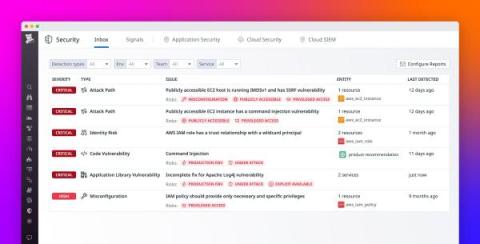The Hidden Risks of Internet of Bodies (IoB): Cybersecurity in Healthcare Devices
The Internet of Bodies, or IoB, represents a groundbreaking shift in the healthcare industry, connecting vital health management devices like pacemakers, insulin pumps, and health monitors to the Internet. While these advancements come with many remarkable benefits, they also expose these essential devices to new cybersecurity vulnerabilities.











